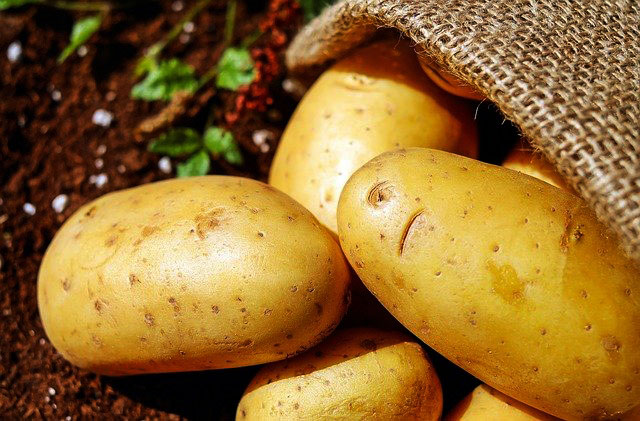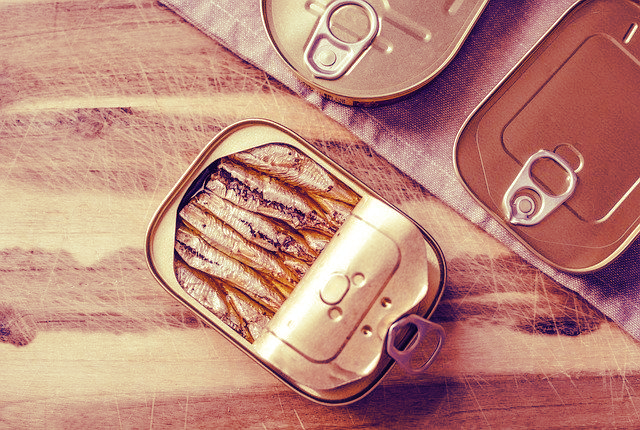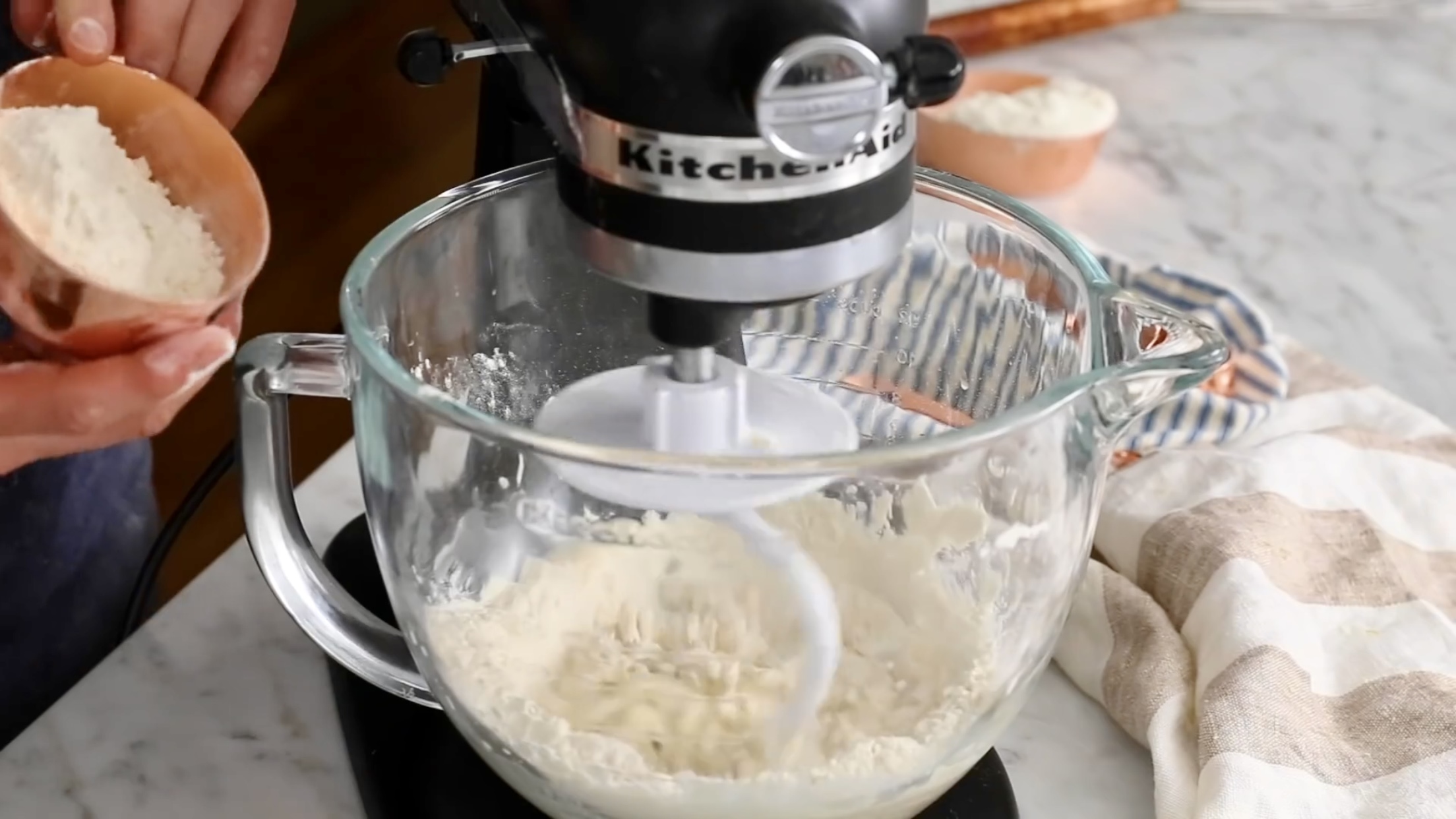Most of the meats sold at a deli have already been cooked. Some, such as salami and prosciutto, have been cured and not cooked. So it is perfectly reasonable to wonder about something you haven't encountered before.
Pancetta ia also a cured meat - cured with salt, pepper, and spices that can include cinnamon, nutmeg, clove, and/or juniper berries. After curing, it is rolled up and tied in a natural or artificial casing, resembling a salami. At that point, according to Marcella Hazan, author of Essentials of Classic Italian Cooking, it may be sliced and "eaten as one would eat prosciutto. It is more tender and considerably less salty than prosciutto." Also, "it is moister than bacon because it has not been smoked." We would never, ever disagree with Marcella Hazan. But pancetta is generally only cured for two weeks, while prosciutto cures for 6 to 18 months. Prosciutto is drier, and the fat of even a fatty prosciutto seems less greasy to us than pancetta. We don't want to make sweeping generalizations, but it may be that many Italians relish a sliver of uncooked pancetta now and then, but we have not run across many people on this side of the Atlantic who eat it that way. Granted, we haven't met everyone on this side of the Atlantic, and we don't necessarily know what everyone we have met does in the sanctity of his or her own kitchen. But we doubt that many of them are chomping on a raw pancetta sandwich. Have a nibble, though, and see how you like it.
Even in Italy, of course, pancetta is much more widely used in cooking, where it lends its unique "savory-sweet, unsmoked flavor" to many dishes, including risottos, pastas, stews, soups, sauces, and cooked vegetables.

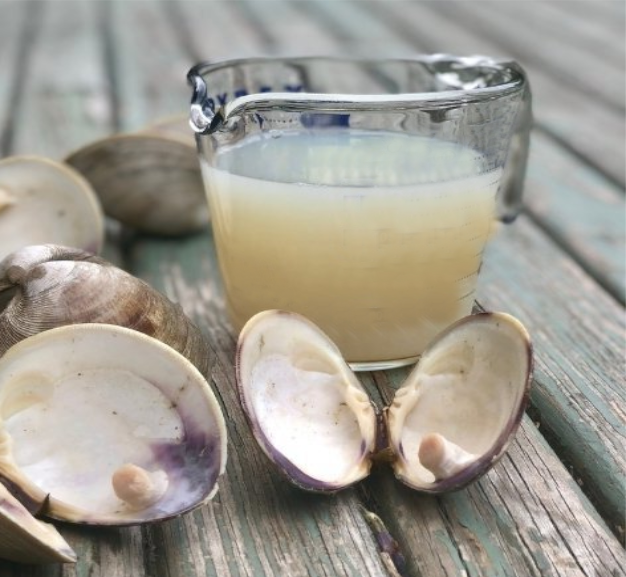


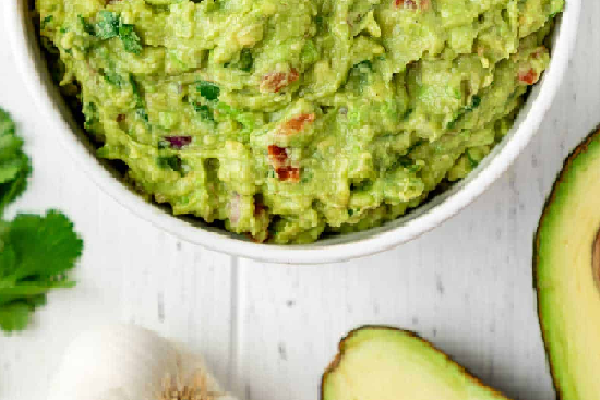



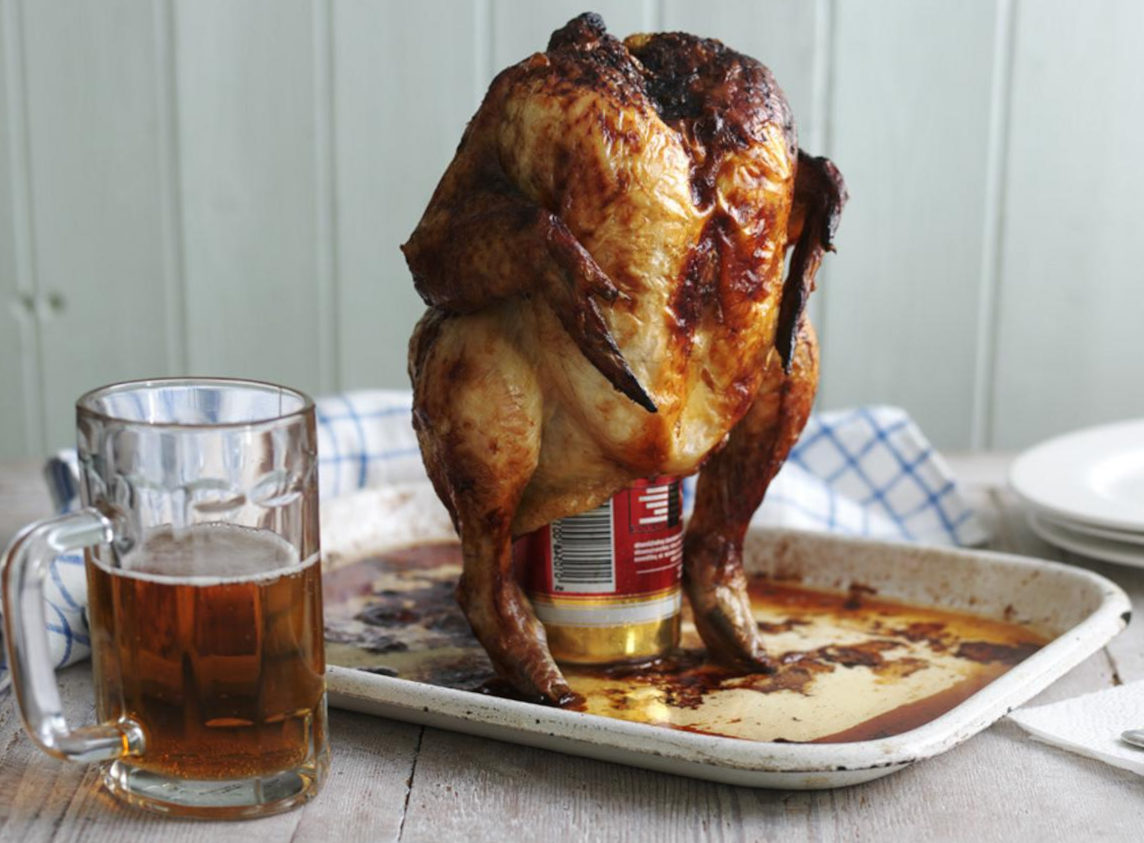

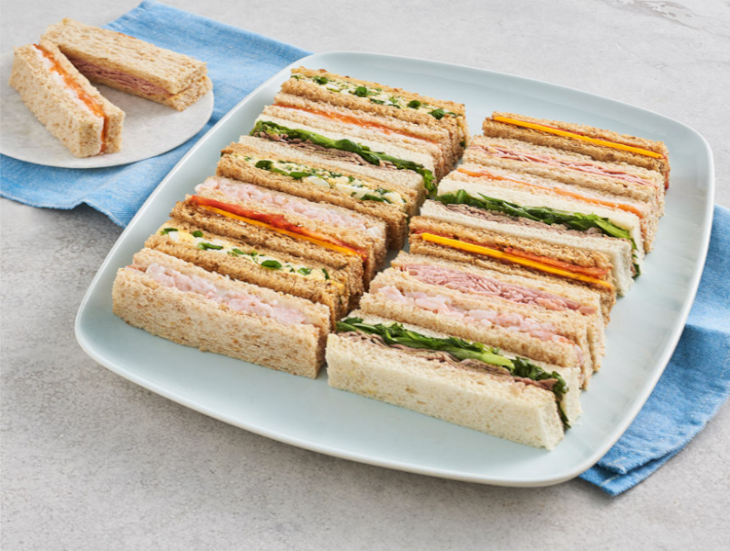



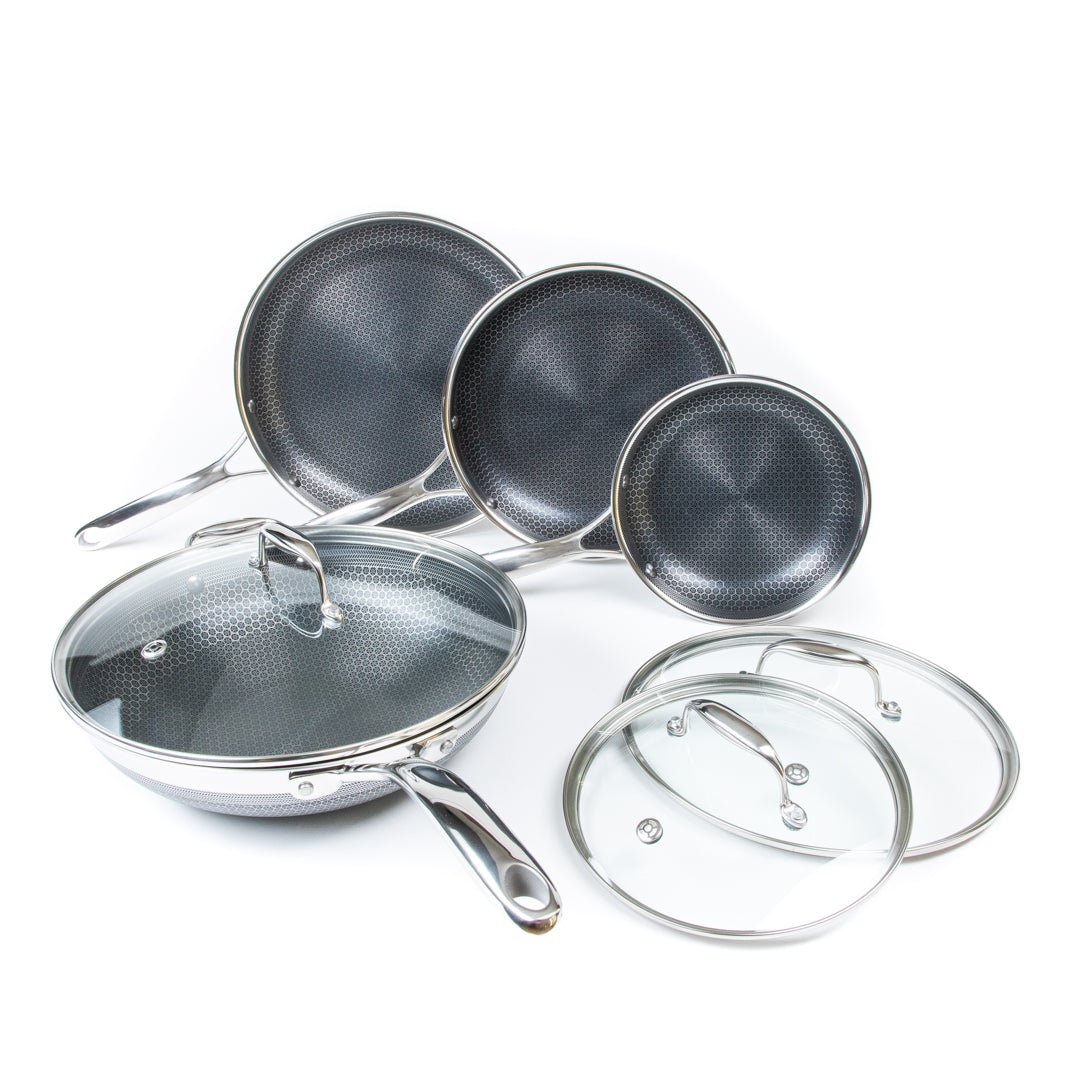


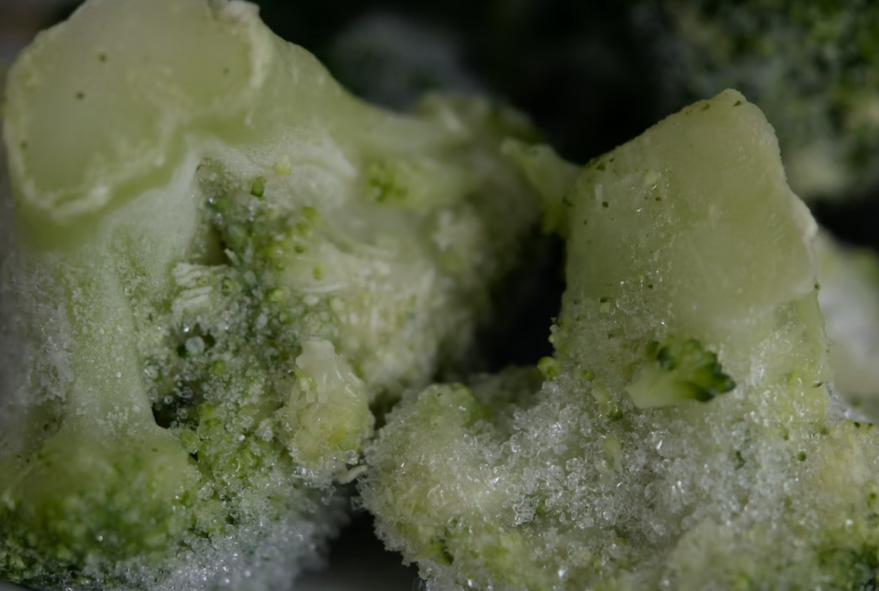



![Can you Cook Eggs in the Microwave? [Complete Guide]](/assets/images/c1f79d1cad59f18f9b5dc31403bd0eb2.png)

